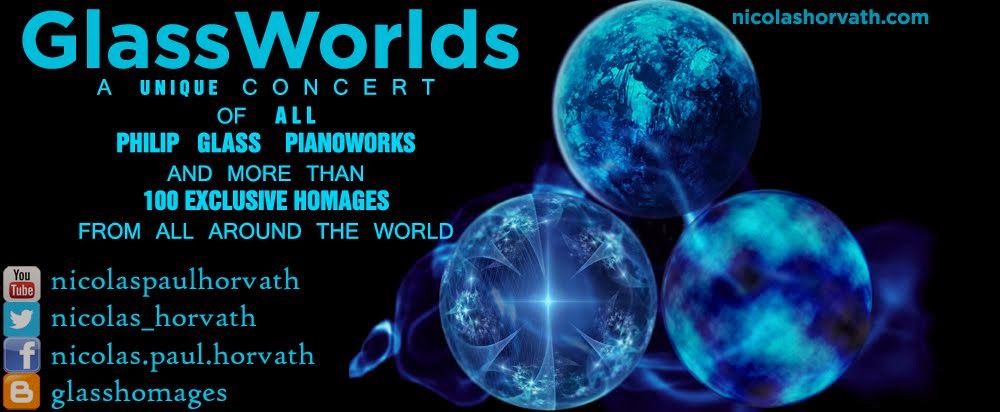Biography
Nikolai Westgarth
Nikolai Westgarth, b.1987 studied Piano with Julian Roltan and later attended Birmingham Conservatoire where he studied composition with Joe Cutler, Howard Skempton and Michael Wolters, counterpoint with Edwin Roxburgh and orchestration with Richard Causton.
Works have been written for a wide rage of instruments, unorthodox non-standard sound making devises and abstract forces in art galleries and pubic settings. Solo works; trios, quartets; quintets; string orchestras; wind orchestras; and a variation of mixt ensemble works have been performed by world leading ensembles and soloists as well as student and amateur music groups as well as abstract work for the general public. Notable performers include: The Goldberg ensemble; the Schubert ensemble; the Fidelio Trio; BCMG; The CHROMA ensemble; Robin Michael; Darragh Morgan; Mary Dullea; Christopher Redgate; Rowland Sutherland; Thalian ensemble; the Thumb ensemble, the Swift ensemble, Birmingham Conservatoire Composers ensemble, CoMA ensemble (East Midlands). Projects have also involved directly working on dance, photography, film, text and other site-specific, interventional, visual and performance based art. These pieces have been exhibited internationally.
ChatSlab
(by the composer himself)
The minimal music of Glass, Reich, Riley and Young influenced a whole generation of different composers and also linked more popular music to art music. Steve Reich's iconic and groundbreaking tape piece, Come Out (1966) influenced and is largely responsible for establishing the types of cut and paste techniques that New York DJs Africa Bombaataa and Grandmaster Flash used to create some of the earliest hip-hop, electro and techno records. Combined with early Dancehall influences, MCing gained popularity and is today compatible and frequently found in all manors of music.
Being a 90s kid, Hip Hop was everywhere growing up. Like most teenagers wrestling with adolescence in a reserved British society, I was very taken with Eminem. Not only did I get a kick out of his provocative profanities but also his incredibly complex craftsmanship, especially his approach to phrasing. When his phrasing (over emphasised by the repetitiveness of the beat behind his MCing) dissects the bar structure when least expected, with a rhyme that is sandwiching two internal rhymes and some alliteration, and then he continues with the inside rhyme, all of which coincides with a flowing rhythmic system, intonation of voice and stressed syllables, its hard not to be balled over. For myself this coined my appreciation for MCing but also opened doors to other MCing genres such as Ragga, Jungle, Dancehall, Drum 'n' Base, Garage, Grime, Reggaeton etc.
ChatSlab is quite literally a slab of chat but for Piano and is strongly influenced by Mcing culture. I have taken two extracts from Dizzee Rascal's MCing and transformed the incredible rhythmic phrasing into notation. The components of piano music such as the flowing phrasing, intonation, and in particularly the repetitive endings of the phrases (often ending on the same note) are not unlike the structures of syllables in MCing. Although more manic and rave like than the music of Philip Glass, these on-going phrases with repetitive endings hark back to the early minimal cut and paste techniques of rap. It's also possible to hear traces of Jungle and Garage rhythms in ChatSlab.




Aucun commentaire:
Enregistrer un commentaire